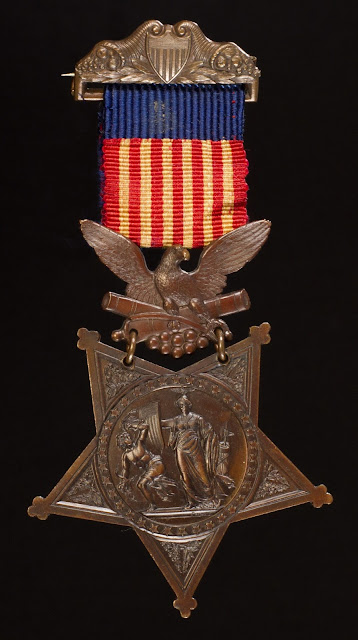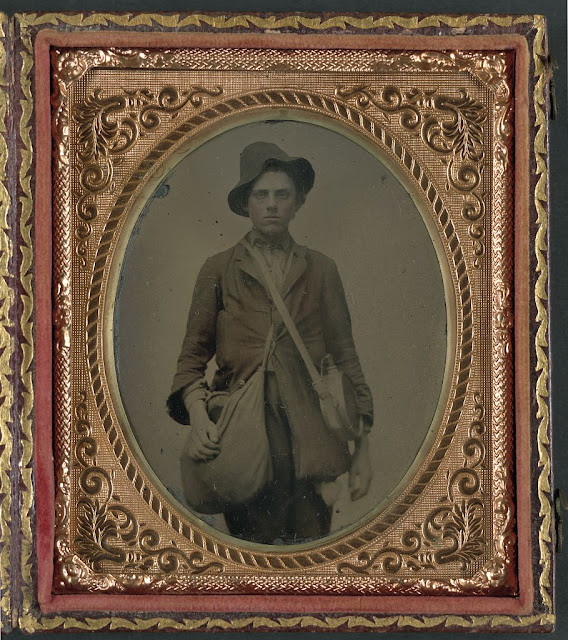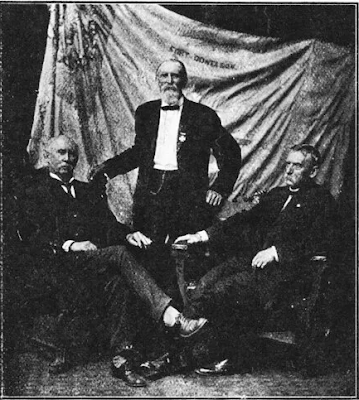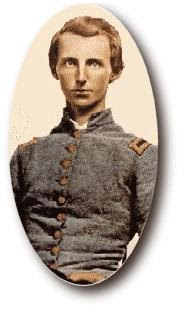Dedicating the Gettysburg National Cemetery
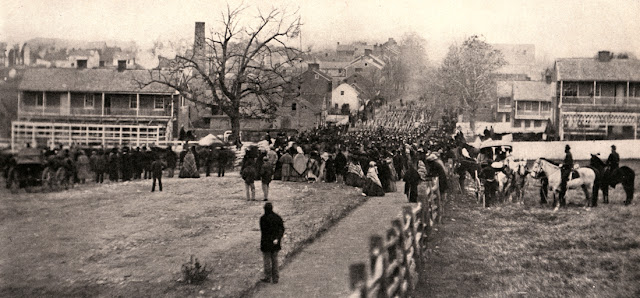
Y ears before Gettysburg became nationally known, a young Oliver N. Worden passed through town while traveling. “This little town was then only noted for its Lutheran College and as the residence of Thaddeus Stevens, and all I remembered of it was its quiet and the politeness of a foreign resident who took some pains to gratify the request of a stranger lad in his lone journey,” he wrote. “Little did it seem probable that I should ever visit again or that so sequestered a spot would become the theater of one of the greatest, most memorable battles history has to record.” Fast forward to November 1863 when Worden, now editor of the Union County Star and Lewisburg Chronicle newspaper, returned to the “little town” to participate in the dedication of the national cemetery. He spent time touring the battlefield before the dedication ceremony and left a remarkable account of who and what he saw during his visit to Gettysburg. The artic...
